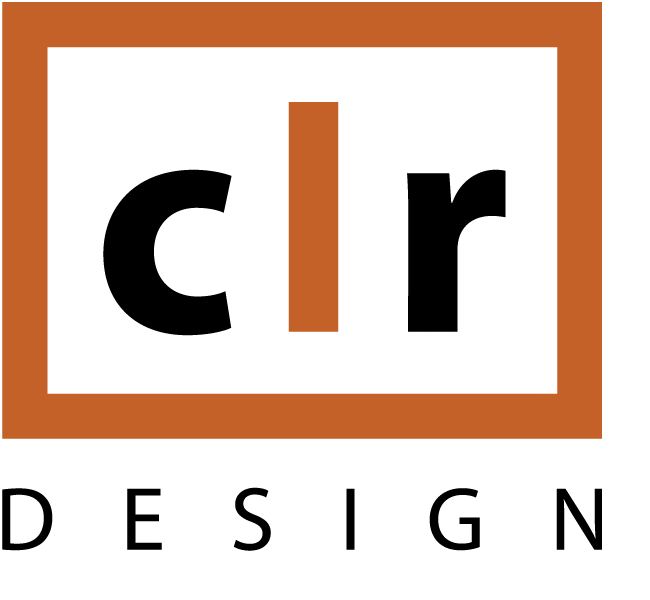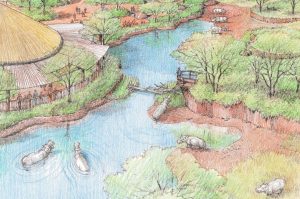Reposted from the Zoo’s website, May 16, 2019 | Archived Version
The Dallas Zoo is proudly welcoming a Nile hippopotamus calf born Tuesday, May 14, around 6:30 p.m. to 12-year old mom Boipelo after an eight-month-long gestation. Both mom and calf are doing well – labor lasted roughly seven hours, and the calf was observed nursing just two hours after birth. The animal care team was able to observe labor and delivery via the hippo barn’s closed-circuit camera to give mom privacy.
“We timed Boipelo’s contractions every moment she barrel rolled in the water, and after about 100 rolls, we saw a baby emerge,” said Matt James, Dallas Zoo’s Senior Director of Animal Care. “The baby immediately began moving and kicking and Boipelo swiftly nudged it to the ledge of the pool, where the baby sprawled out and took a break. Boipelo has been very attentive, gently nudging the calf to the surface for air after each nursing session. Hippo calves need to come up every 30 seconds to breathe, and she’s doing a great job ensuring the baby is getting everything it needs.”
The zoo’s veterinary and animal care experts have prepared for the calf’s arrival since January, when they first preformed a successful ultrasound on 2,420-pound Boipelo. In 2018, the Dallas Zoo became the first U.S. zoo to capture serial fetal growth images on a pregnant hippo through voluntary ultrasound.
The team performed weekly ultrasounds capturing images of the baby’s heart, chest cavity, head, feet, and other body parts. With very few high quality images of hippo fetal growth in zoos, Dallas Zoo’s experts have built a foundation of growth norms to share with other institutions accredited by the Association of Zoos and Aquariums (AZA).
“Performing ultrasounds on hippos has always been challenging because of the sheer size of the animal. Being able to successfully track this baby’s growth is really a testament to the relationships the zoologists have built with Boipelo,” said Jan Raines, D.V.M., Dallas Zoo’s associate veterinarian. “After the tragic loss of our male hippo Adhama last October, the zoologists went above and beyond to provide Boipelo with the emotional support she needed. I know the bonds they’ve formed have really helped during our ultrasound sessions.”
Boipelo and Adhama were paired together on an AZA Species Survival Plan breeding recommendation shortly before Adhama passed away.
In February 2018, Boipelo lost her first calf moments after delivery – the calf never took a breath due to its lungs not fully inflating. “We have gone through great loss to get to this remarkable moment of welcoming a healthy hippo calf,” said Gregg Hudson, Dallas Zoo’s president and CEO. “Our animal care team and our female hippo are nothing short of resilient. We are grateful to have Adhama’s legacy live on in this new baby.”
Over the past six months, zoologists have observed very positive behaviors in Boipelo as she’s grown into her independence.
“Boipelo has really come out of her shell; this time of adjustment has been very important for her,” said John Fried, Dallas Zoo’s mammal curator. “She’s developed her own personality and has gained a lot confidence that will surely contribute to giving her newborn the best care possible.”
In the wild, hippos live in social settings for greater protection from predators. In order to replicate the most natural environment for Boipelo, the animal care team will bring in another male hippo later this year from an AZA-accredited institution.
Native to sub-Saharan Africa, hippos are listed as a vulnerable species by the International Union for Conservation and Nature (IUCN) due to habitat loss, and poaching for their meat and ivory-canine teeth.
The Dallas Zoo opened its $14 million award-winning Simmons Hippo Outpost in April 2017. The habitat features an immersive African waterhole with a 120,000-gallon pool and a 24 by 8-foot underwater viewing window. The habitat also includes a herd of critically endangered okapi that guests can learn about up close in daily keeper chats.

